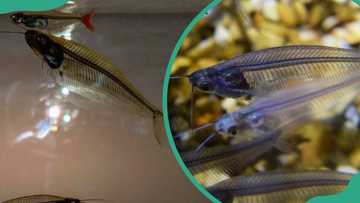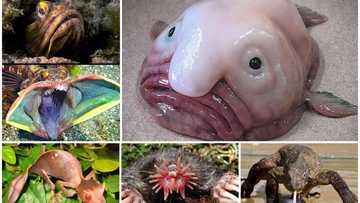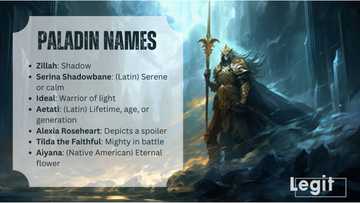20 animals that start with E: names and fun facts about them
Have you ever wondered what animals start with E? Many first think of the elephant and the eagle, but the list of E animals is extensive, as the animal kingdom boasts a surprising variety you may not have imagined. Here are animals that start with the letter E and some intriguing facts about them.
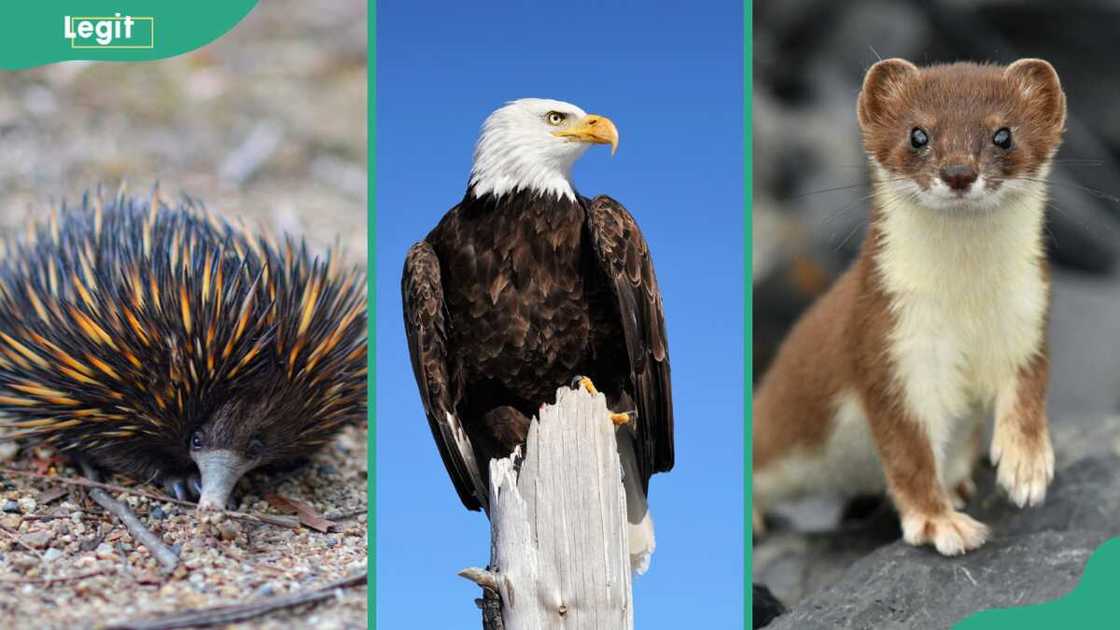
Source: Getty Images
TABLE OF CONTENTS
These E animals offer a glimpse into the diversity of the natural world and play a vital role in maintaining a balance in the ecosystem. Knowing animals that start with the letter E is a gateway to a deeper understanding and appreciation of the diverse life forms that share planet Earth.
List of animals that start with E
This E animals list introduces various exotic creatures with unique charm and adventure. Most of these E animals are social, attractive, and harmless. Here is an enchanting exploration of the animal kingdom, explicitly targeting E animals.
1. Eagle
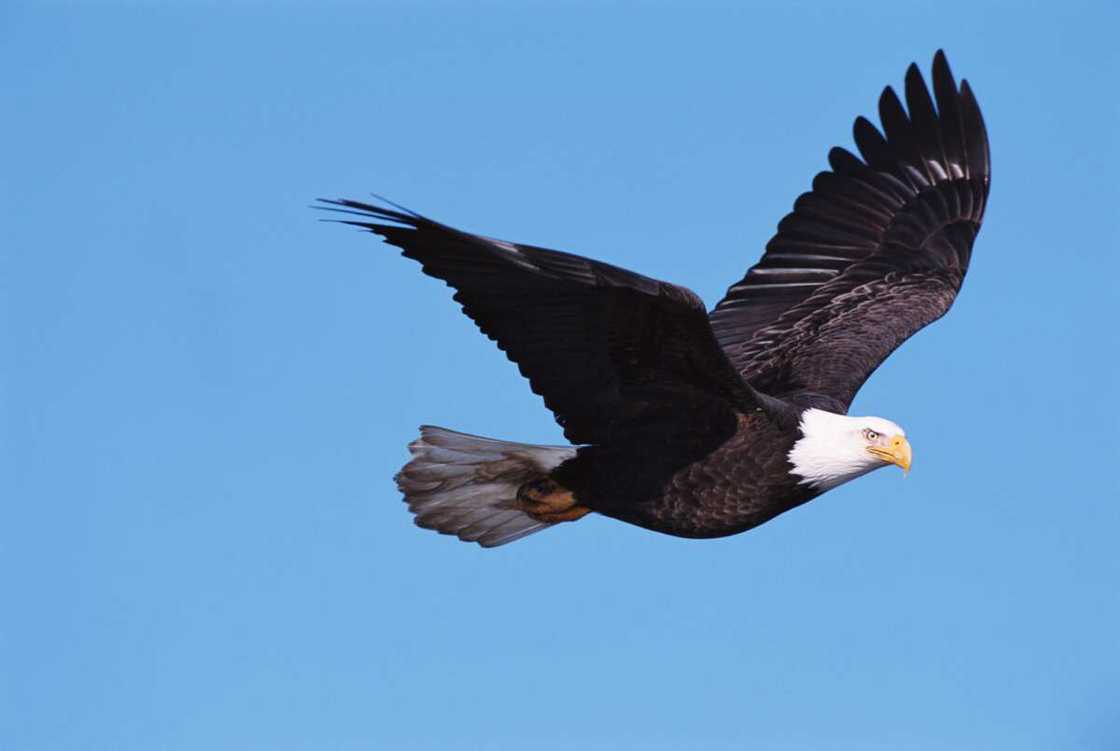
Source: Getty Images
- Kingdom: Animalia
- Phylum: Chordata
- Class: Aves
- Order: Accipitriformes
- Family: Accipitridae
Eagles are large birds of prey belonging to the family Accipitridae. These birds of prey have large, powerful hooked beaks for tearing flesh from their prey, strong legs, and powerful talons. They primarily feed on fish, small mammals, and other birds. Eagles build their large nests in high locations such as cliffs or tall trees.
2. Egret
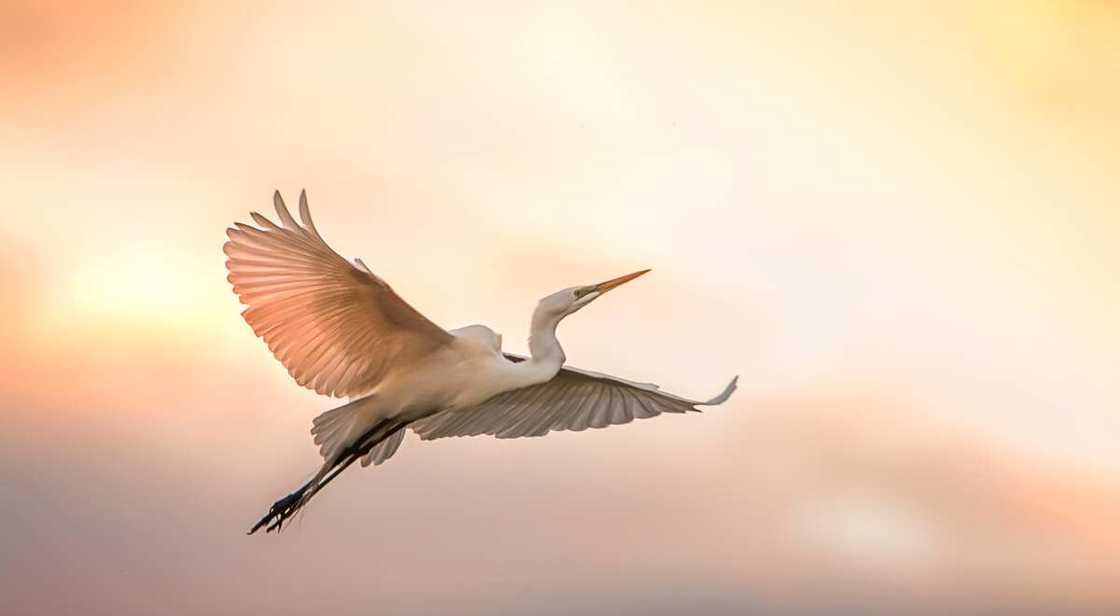
Source: Getty Images
- Kingdom: Animalia
- Phylum: Chordata
- Class: Aves
- Order: Pelecaniformes
- Family: Ardeidae
Egrets are a group of herons, primarily from the genera Ardea and Egretta. They are known for their long necks, legs, and white or buff plumage. Egrets inhabit wetlands, marshes, and coastal regions. These birds often stand still or wade slowly through shallow water to catch fish, amphibians, and insects.
3. Eelpout
- Kingdom: Animalia
- Phylum: Chordata
- Class: Actinopterygii
- Order: Perciformes
- Family: Zoarcidae
Eelpouts are a family of marine fish in the family Zoarcidae. They are elongated, eel-like fish in cold waters, including the Arctic and Antarctic regions. Eelpouts are benthic, meaning they live near the sea floor. They occur from 0 feet to over 13,900 feet below sea level.
4. Eartheater
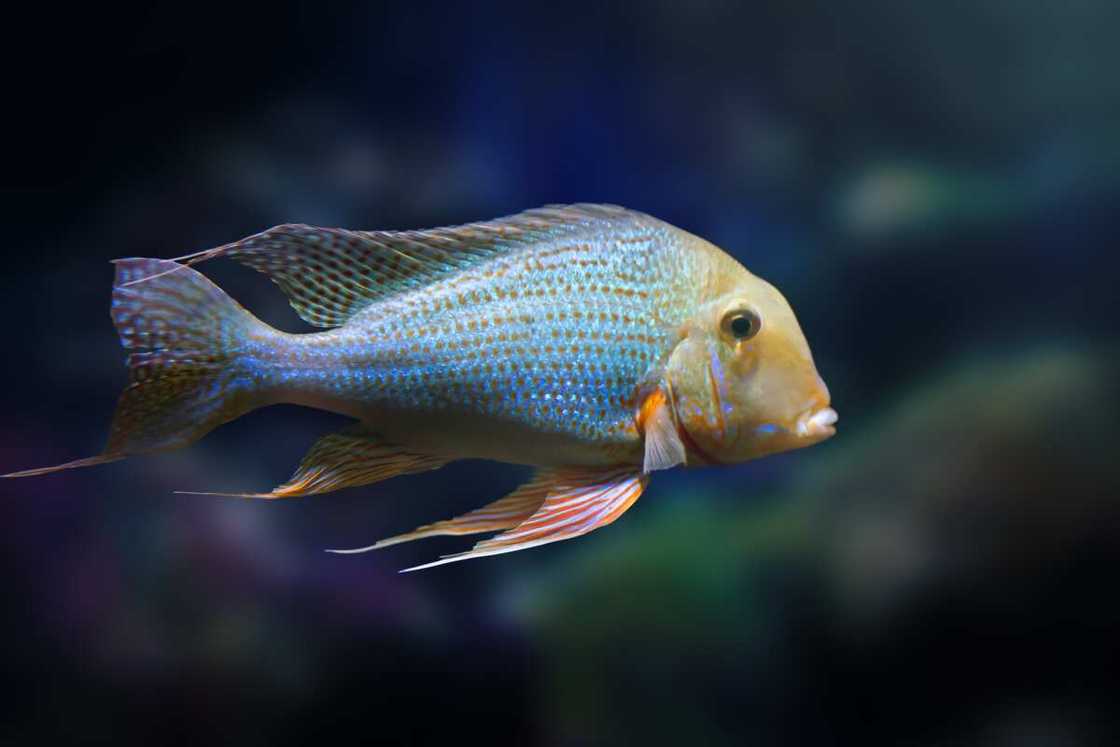
Source: Getty Images
- Kingdom: Animalia
- Phylum: Chordata
- Class: Actinopterygii
- Order: Cichliformes
- Family: Cichlidae
- Genus: Geophagus
Eartheaters are among the animals starting with E. They are a type of cichlid fish found primarily in South America. They belong to the genus Geophagus, which translates to "earth-eater,". These creatures find food by engulfing mouthfuls of gravel and sand and sifting through it to find food.
5. Earthworm
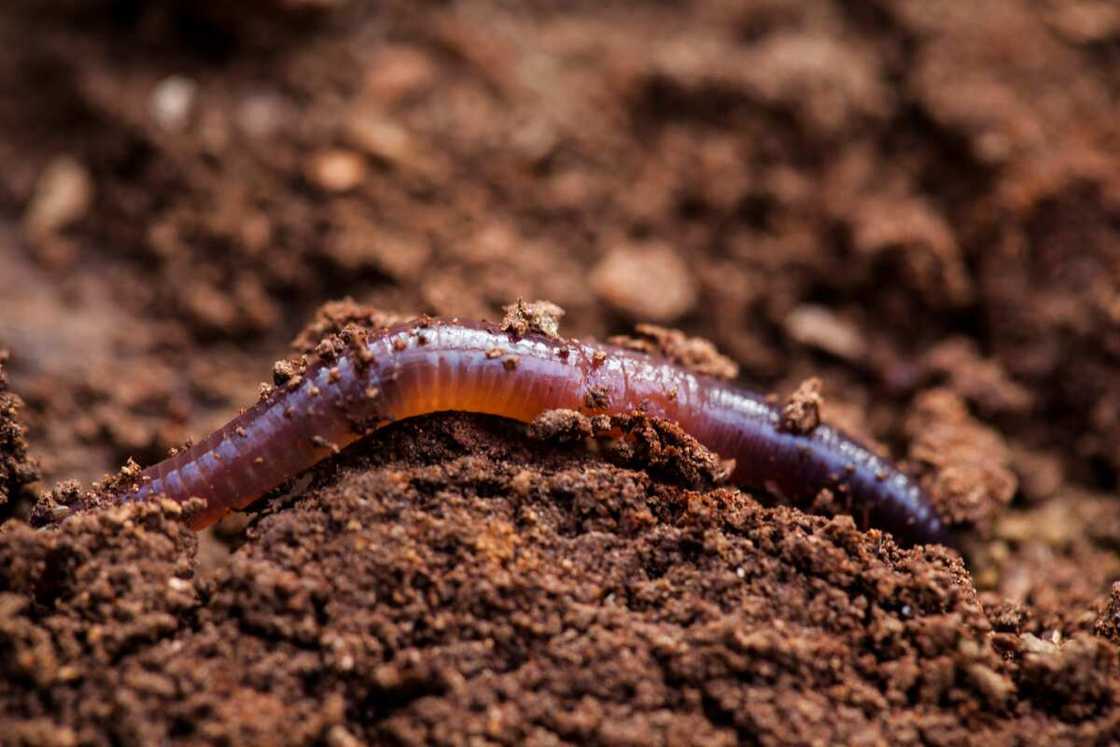
Source: Getty Images
- Kingdom: Animalia
- Phylum: Annelida
- Class: Clitellata
- Order: Opisthopora
- Family: Lumbricidae
- Genus: Lumbricus
Earthworms are worms that live in moist, compost-rich soil. They are native to Europe but are found throughout North America and western Asia. These E animals belong to the phylum Annelida and eat multiple organic matter, including detritus, living protozoa, rotifers, nematodes, bacteria, fungi, and other microorganisms.
6. Echidna
- Kingdom: Animalia
- Phylum: Chordata
- Class: Mammalia
- Order: Monotremata
- Family: Tachyglossidae
Echidnas, also known as spiny anteaters, are monotremes, a primitive group of egg-laying mammals. There are two genera of echidna – the Long-beaked Echidna (belonging to the genus Zaglossus) and the Short-beaked echidna (belonging to the Tachyglossus genus). These animals have spines covering their bodies, a long snout, and a sticky tongue used to capture ants and termites.
7. Eel
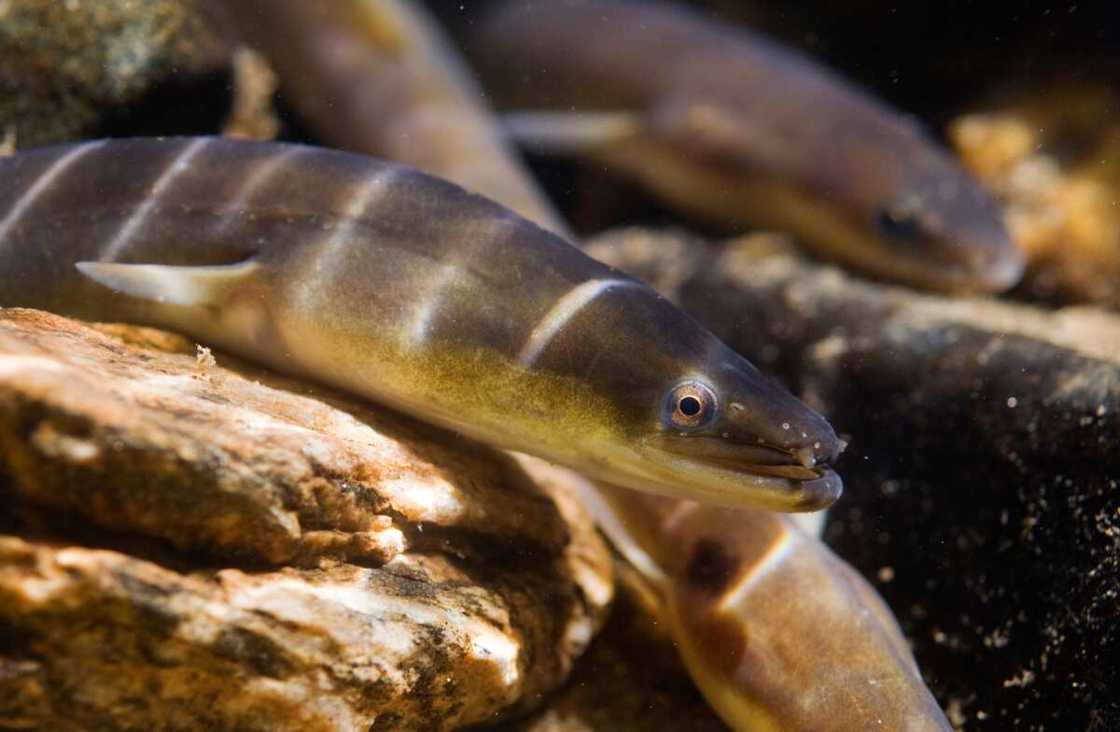
Source: Getty Images
- Kingdom: Animalia
- Phylum: Chordata
- Class: Actinopterygii
- Order: Anguilliformes
- Family: Anguillidae
- Genus: Anguilla
Eels are elongated fish from the order Anguilliformes. These animals are known for their smooth, slimy skin and lack of pelvic fins. They are found in both freshwater and marine environments. Some species, like the American and European eels, are catadromous, migrating from freshwater to the sea to spawn. The most dangerous eel species is the conger.
8. Eider
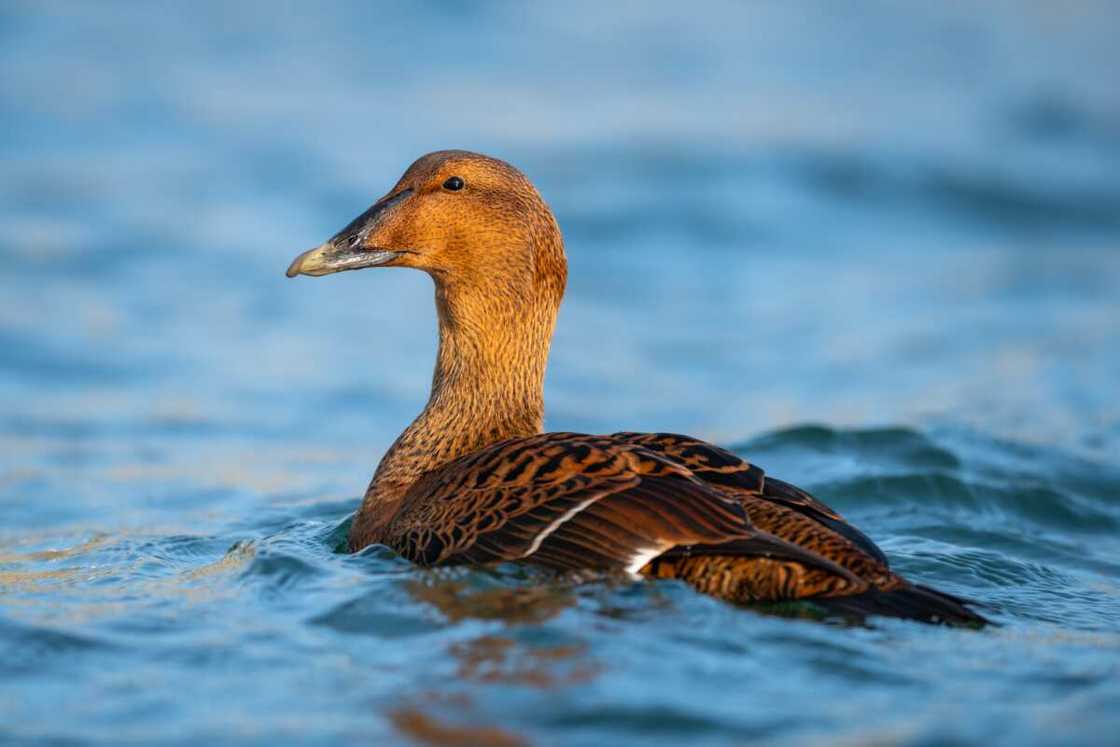
Source: Getty Images
- Kingdom: Animalia
- Phylum: Chordata
- Class: Aves
- Order: Anseriformes
- Family: Anatidae
- Genus: Somateria
Eiders are large sea ducks from the genus Somateria. They are known for their soft down feathers. These animals spend much of their life sturdily bobbing along in the frigid and turbulent oceans of the far north. Eiders are found on the northern coasts of Europe, North America, and eastern Siberia. They feed primarily on molluscs and crustaceans, diving to the sea floor to catch their prey.
9. Eastern Bluebird
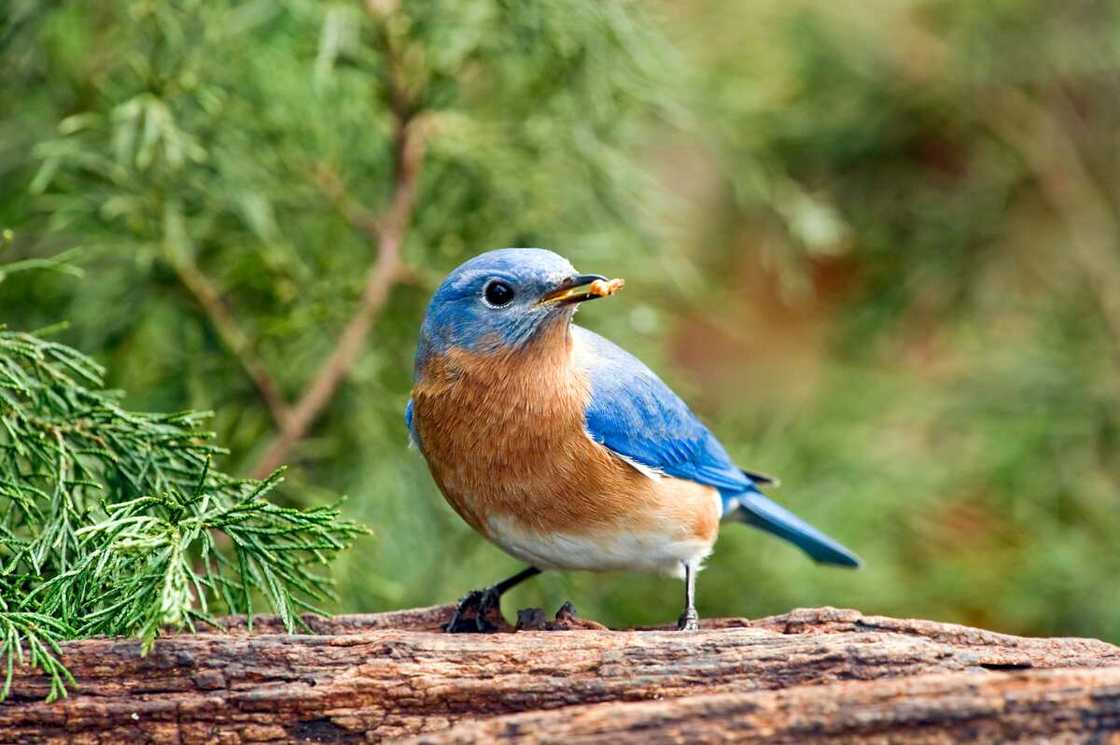
Source: Getty Images
- Kingdom: Animalia
- Phylum: Chordata
- Class: Aves
- Order: Passeriformes
- Family: Turdidae
- Genus: Sialia
Eastern Bluebirds are small thrushes mainly found in the eastern parts of North and Central America. These birds are known for their vibrant blue plumage and reddish-brown chests. Over half of an eastern bluebird’s diet comprises beetles, crickets, grasshoppers, and caterpillars. These birds are widely recognised for their melodious songs.
10. Eland
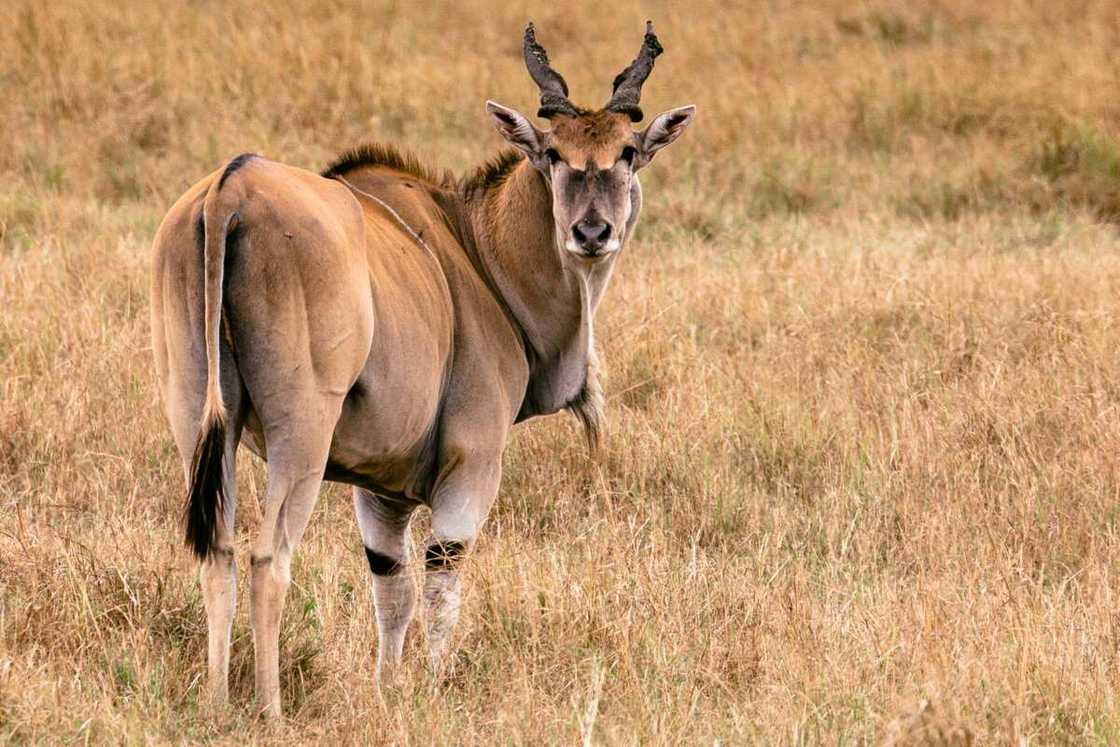
Source: Getty Images
- Kingdom: Animalia
- Phylum: Chordata
- Class: Mammalia
- Order: Artiodactyla
- Family: Bovidae
- Genus: Taurotragus
Elands are large antelopes from the genus Taurotragus found in East and Southern Africa. They are the largest of the antelope species, with males capable of weighing up to 1000 kilograms (2200 lbs). Elands is one of the most adaptable ruminants, able to live in various environments, from desert to savanna, grassland to mountain.
11. Elepaio
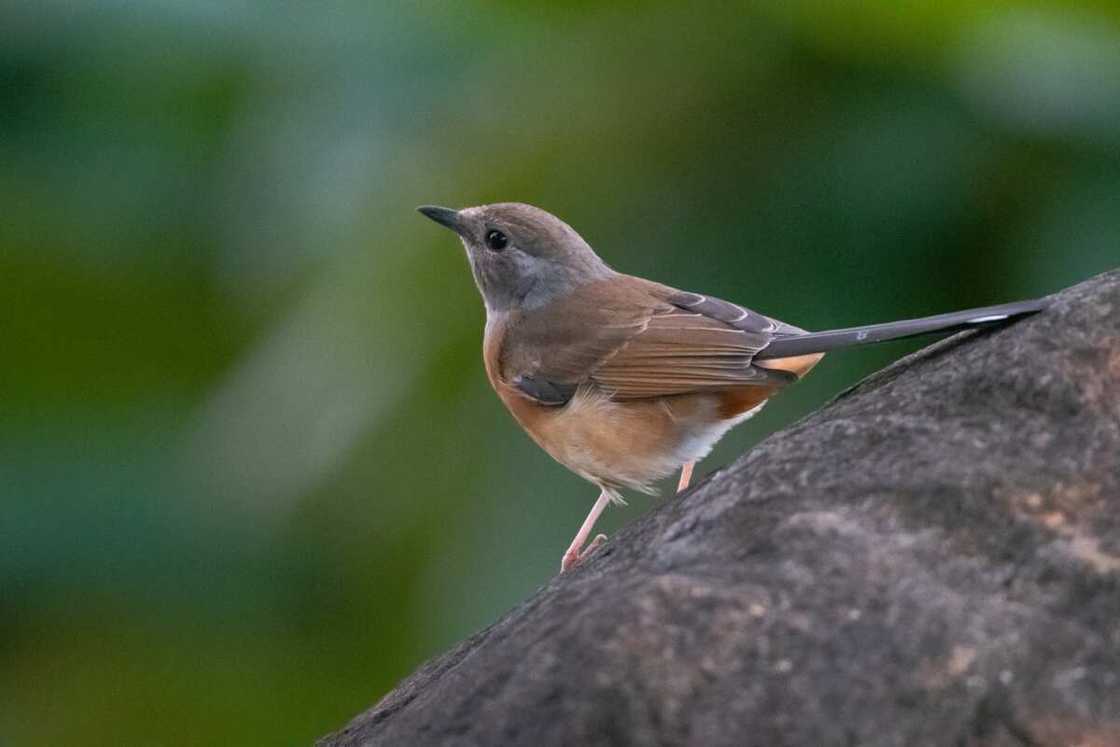
Source: Getty Images
- Kingdom: Animalia
- Phylum: Chordata
- Class: Aves
- Order: Passeriformes
- Family: Monarchidae
- Genus: Chasiempis
The ‘Elepaio is a small monarch flycatcher bird endemic to Hawaii. These birds inhabit forests and have a diet that includes insects and spiders. ‘Elepaios are known for their distinctive songs and territorial behaviour. ‘Elepaio measures 14 cm long and weighs 12–18 grams. They play a significant role in Hawaiian culture and mythology.
12. Elephant
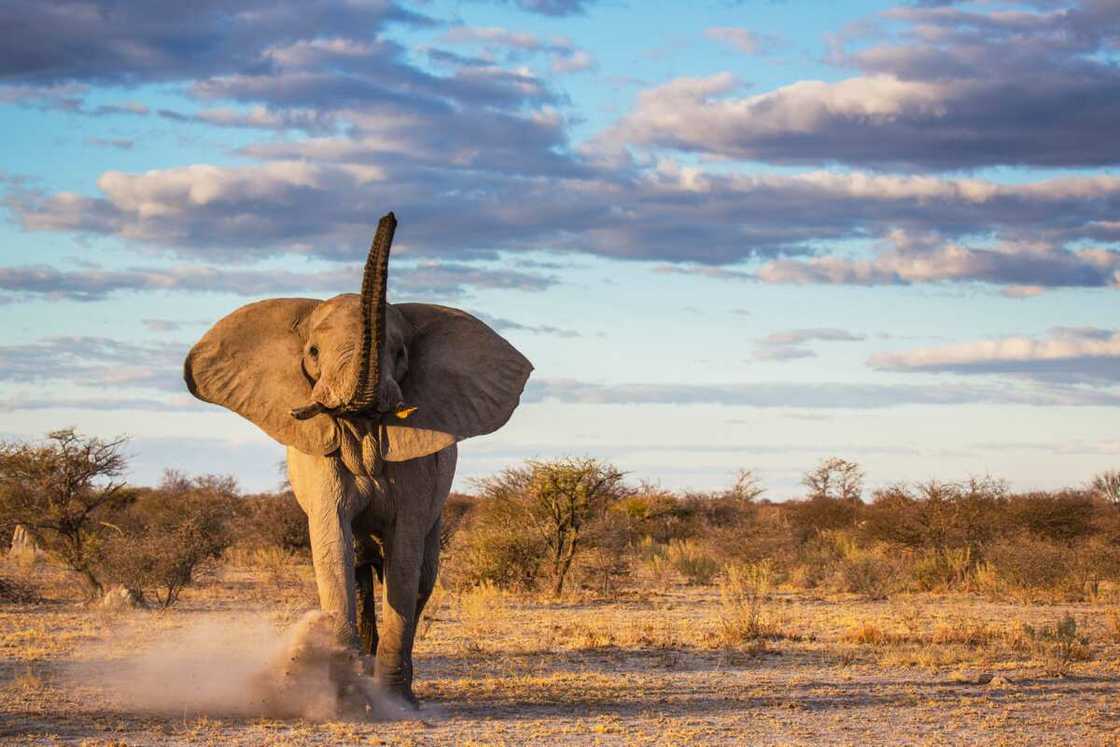
Source: Getty Images
- Kingdom: Animalia
- Phylum: Chordata
- Class: Mammalia
- Order: Proboscidea
- Family: Elephantidae
Elephants are among the zoo animals that start with E. These large mammals are known for their long trunks, ears, and tusks. They are divided into African (genus Loxodonta) and Asian (genus Elephas) species. The African Savanna (Bush) elephant is the world's largest land animal–adult males standing up to 3 metres high and weighing up to 6,000 kilograms on average.
13. Elk
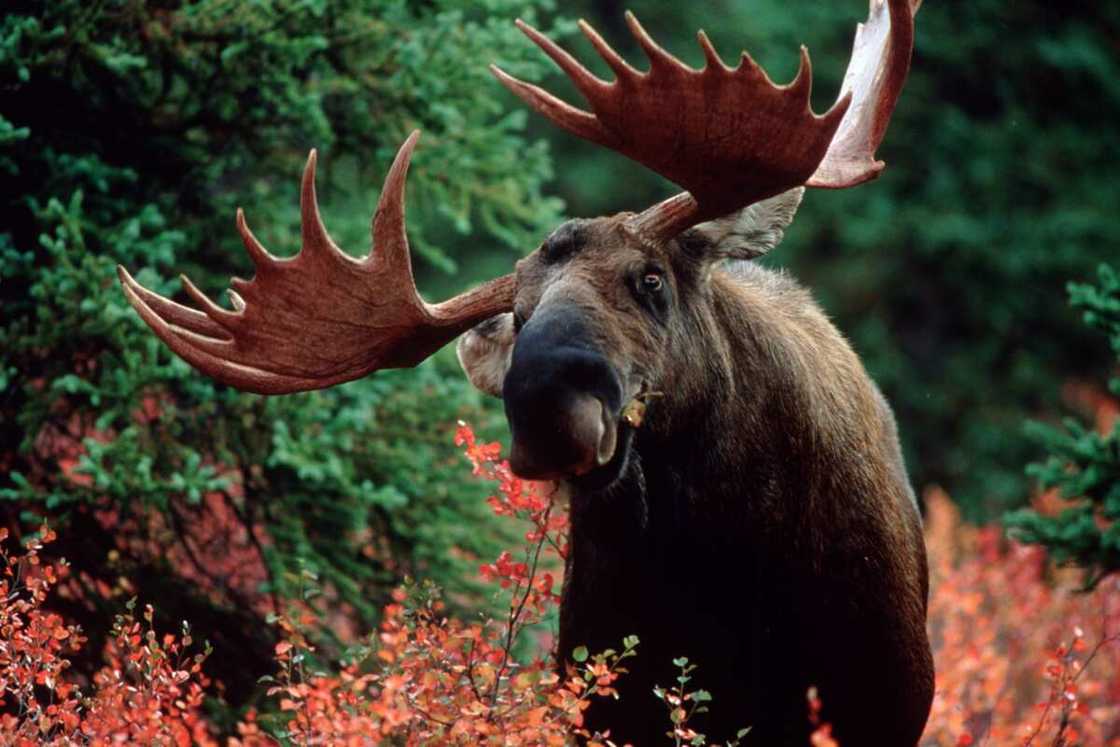
Source: Getty Images
- Kingdom: Animalia
- Phylum: Chordata
- Class: Mammalia
- Order: Artiodactyla
- Family: Cervidae
- Genus: Cervus
Elks, also known as wapiti, are large members of the deer family Cervidae under the genus Cervus. These animals are found in North America and eastern Asia. Elks are known for their impressive antlers, which males shed and regrow annually. Weighing up to 700 pounds, the North American elk is one of the biggest deer species on earth.
14. Emu
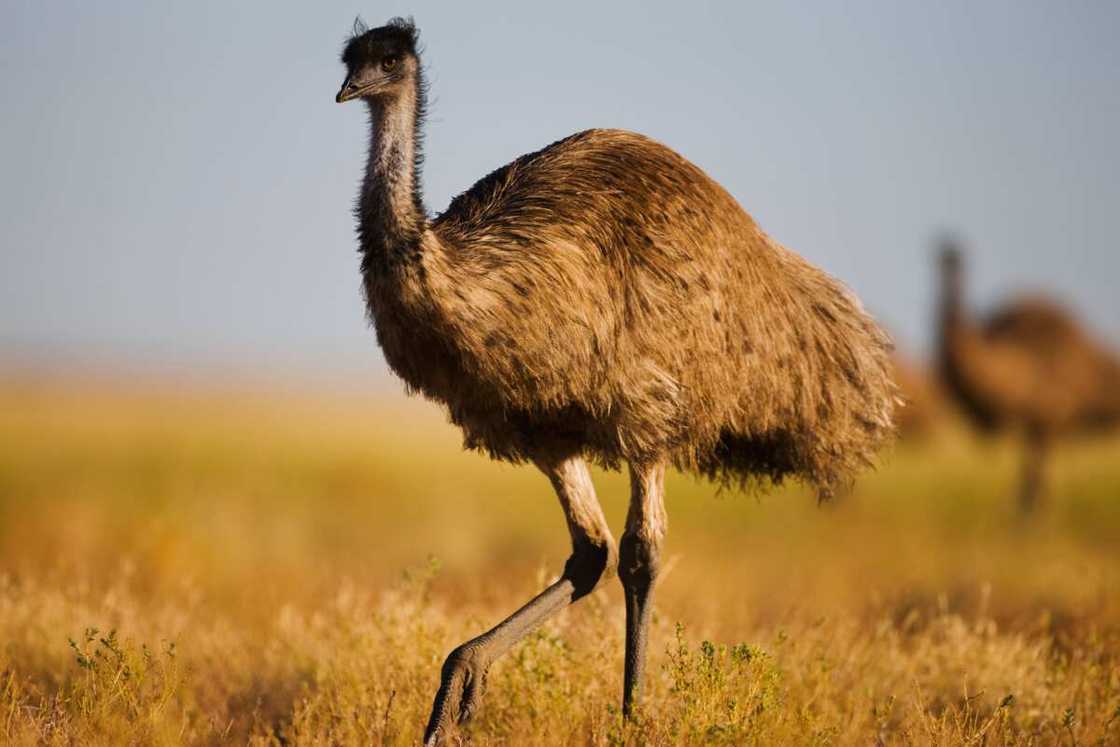
Source: Getty Images
- Kingdom: Animalia
- Phylum: Chordata
- Class: Aves
- Order: Casuariiformes
- Family: Casuariidae
- Genus: Dromaius
Emus are large, flightless birds native to Australia, belonging to the genus Dromaius. They are the second-largest living bird by height after the ostrich. Emus have long necks and legs, enabling them to run at high speeds. They are omnivores that feed on various plants, seeds, insects, and small animals. Due to their wide-ranging foraging habits, emus play a vital role in seed dispersal.
15. Ermine
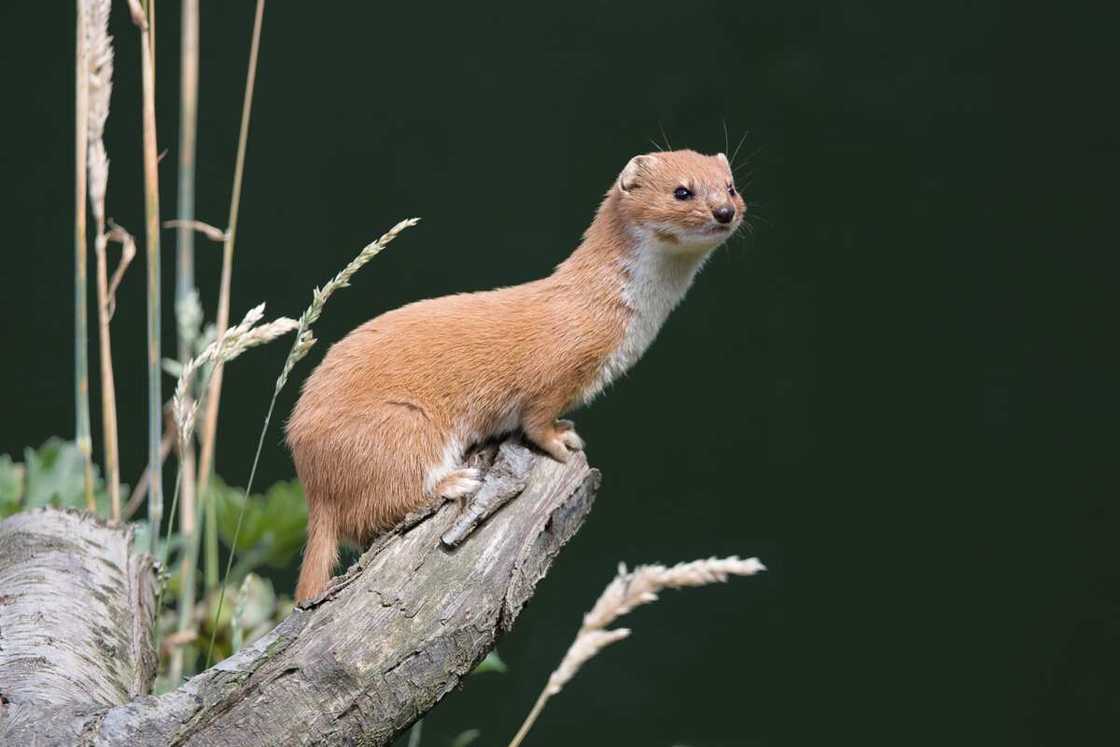
Source: Getty Images
- Kingdom: Animalia
- Phylum: Chordata
- Class: Mammalia
- Order: Carnivora
- Family: Mustelidae
- Genus: Mustela
Ermines, also known as stoats, are small carnivorous mammals that start with E. They are part of the Mustelidae family and have a slender body, short legs, and a distinctive black-tipped tail. These animals are native to Eurasia and the northern portions of North America. Their fur changes to white in winter, providing camouflage in snowy environments.
16. Egyptian goose
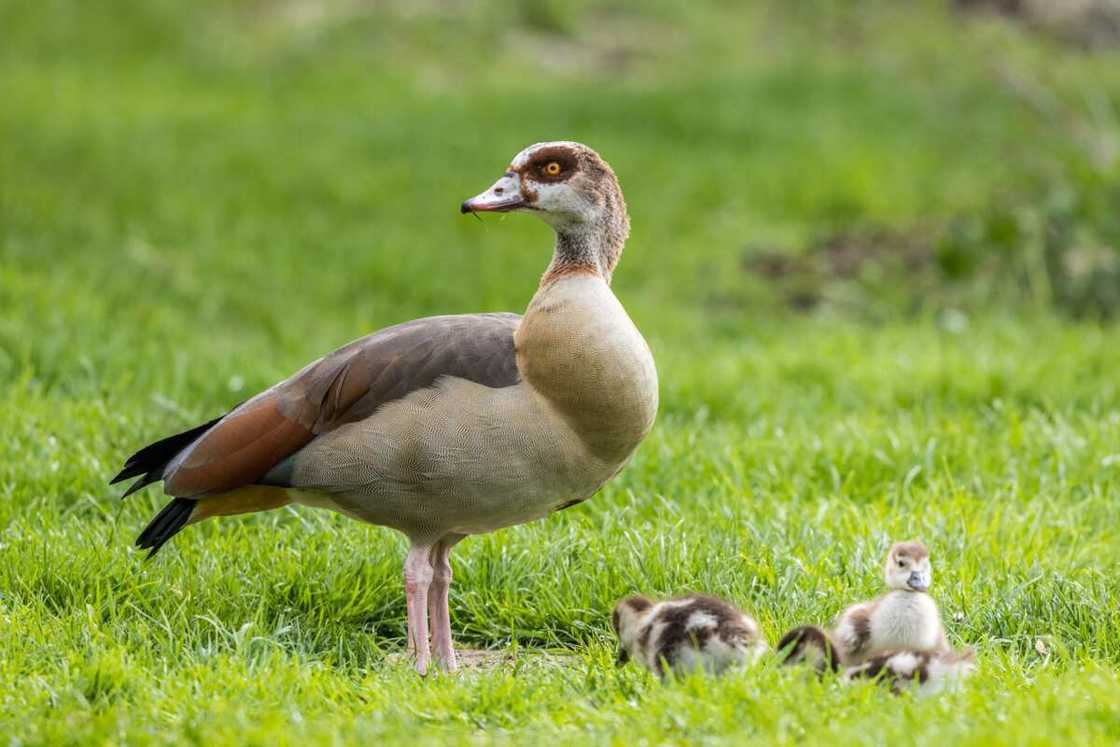
Source: Getty Images
- Kingdom: Animalia
- Phylum: Chordata
- Class: Aves
- Order: Anseriformes
- Family: Anatidae
- Genus: Alopochen
The Egyptian Goose is a member of the duck, goose, and swan family Anatidae. It is native to Africa and is often found in wetlands, rivers, and lakes. These geese have striking plumage with brown, white, and grey patches. They are herbivores, feeding on grass, seeds, stems, and leaves from various plants, as well as grains, potatoes, and other vegetables.
17. Electric ray
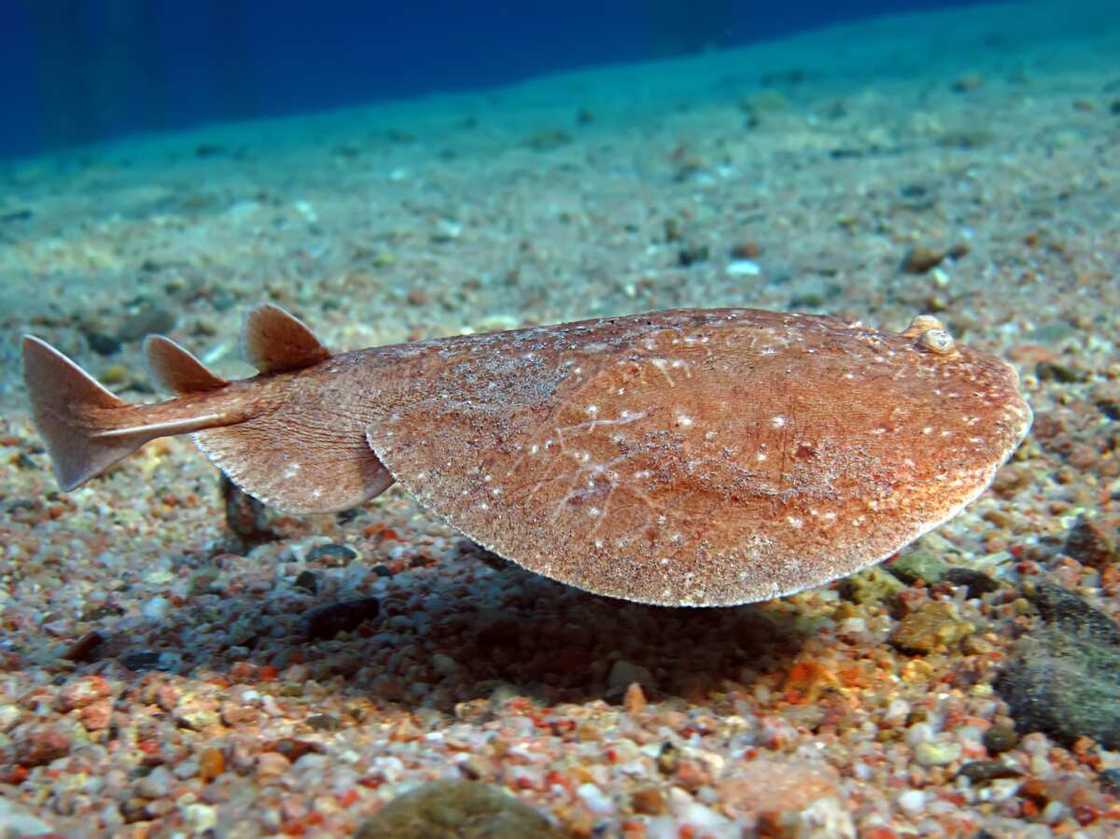
Source: Getty Images
- Kingdom: Animalia
- Phylum: Chordata
- Class: Chondrichthyes
- Order: Torpediniformes
- Family: Torpedinidae
Electric Rays are a group of cartilaginous fish from the order Torpediniformes. These deep-sea animals are known for their ability to generate electric shocks, which they use for hunting and self-defence. They have a rounded, flattened body with large pectoral fins. Electric rays feed on fish and invertebrates by stunning their prey with electric discharges.
18. Eastern newt
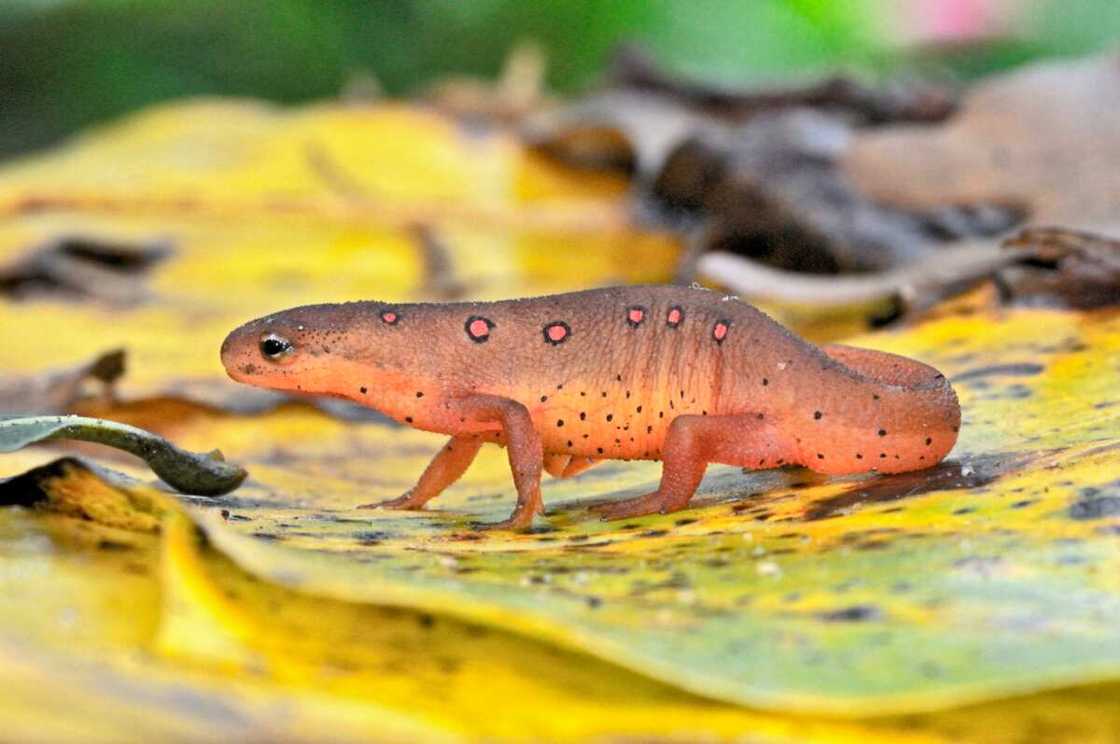
Source: Getty Images
- Kingdom: Animalia
- Phylum: Chordata
- Class: Amphibia
- Order: Caudata
- Family: Salamandridae
- Genus: Notophthalmus
The Eastern newts, belonging to the genus Notophthalmus, are among the animals that start with E. It is a common amphibian in eastern North America. These animal species have three life stages: aquatic larvae, terrestrial efts, and aquatic adults. Eastern Newts have rough skin and are typically greenish with red spots. They inhabit ponds, lakes, and streams, feeding on small invertebrates.
19. Escolar
- Kingdom: Animalia
- Phylum: Chordata
- Class: Actinopterygii
- Order: Scombriformes
- Family: Gempylidae
- Genus: Lepidocybium
Escolar, also known as snake mackerel, is a deep-sea fish of the family Gempylidae belonging to the genus Lepidocybium. It is known for its oily flesh, which can cause digestive issues if consumed in large quantities. The escolar is dark brown, growing darker with age until it is pretty black. These deep-sea creatures have elongated bodies and feed on smaller fish and squid.
20. Eulachon
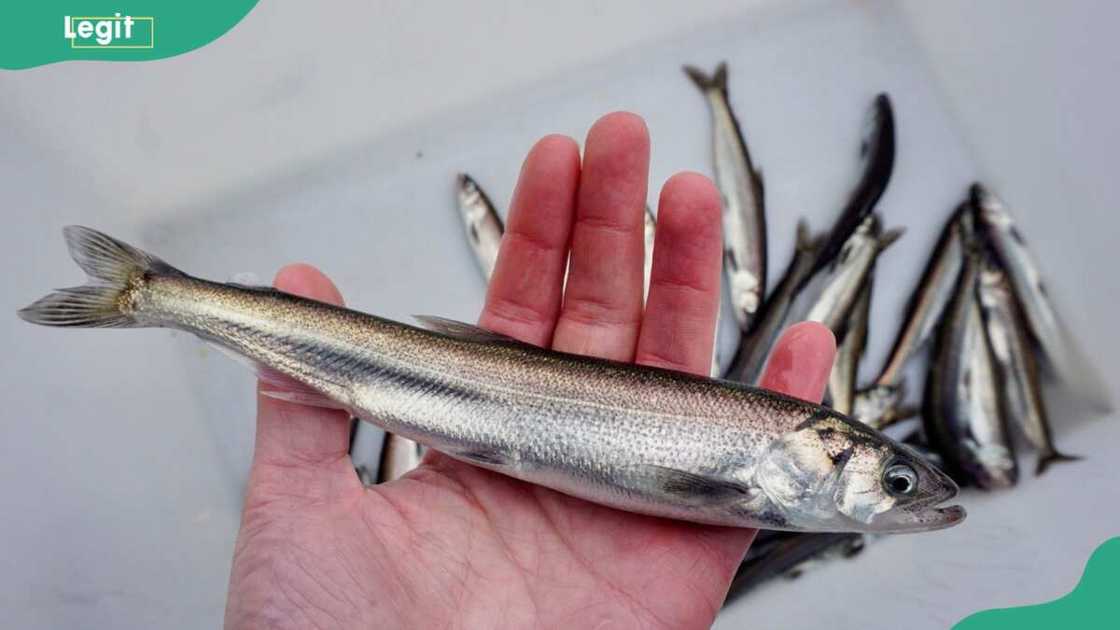
Source: UGC
- Kingdom: Animalia
- Phylum: Chordata
- Class: Actinopterygii
- Order: Osmeriformes
- Family: Osmeridae
- Genus: Thaleichthys
Eulachon, also known as candlefish, is a small fish of the family Osmeridae belonging to the genus Thaleichthys. They are found along the Pacific coast of North America. Eulachon are named for their high oil content, which indigenous peoples historically used as a source of light and fuel. These animals feed primarily on plankton, fish eggs, insect larvae, and ocean debris.
What is a mammal starting with E?
Some famous mammals starting with E are echidna, elephants, elk and ermine, eagles, and ermine.
What is a horned animal that starts with E?
A horned animal that starts with E is the Eland. These large antelopes are known for their spiral horns, which are present in both males and females.
These animals that start with E are diverse and fascinating. Some are the biggest and deadliest in their animal families. Recognising and preserving the importance of these animals is essential to maintaining the health and sustainability of the planet.
Legit.ng recently published a detailed post about the dumbest animals on earth that will make anyone feel smart.
While animal intelligence is debatable based on defence and survival tactics, it is much easier to tell a dumb animal by how it compromises its existence. Read on to discover some of the least intelligent animals.
Source: Legit.ng




